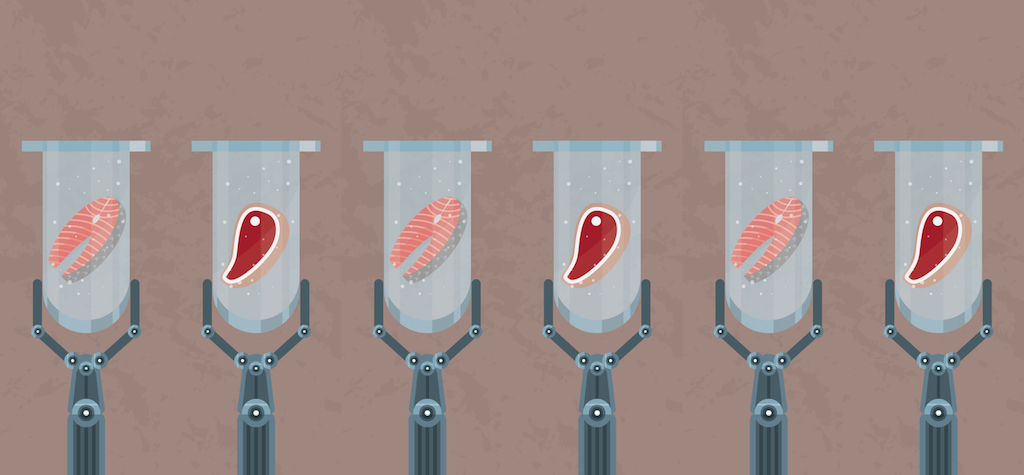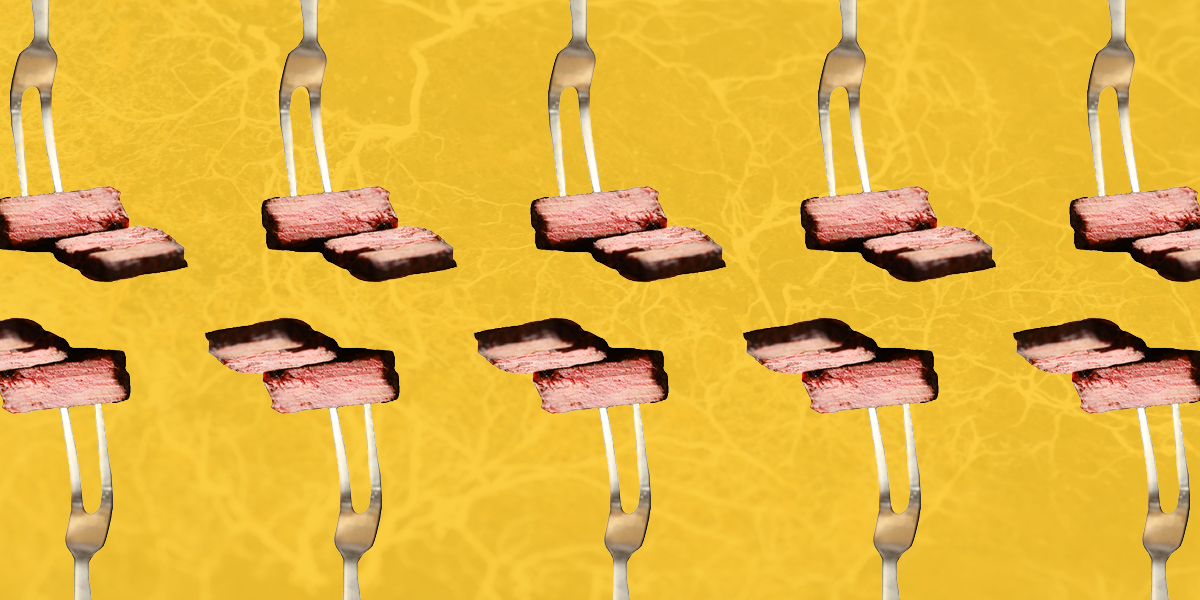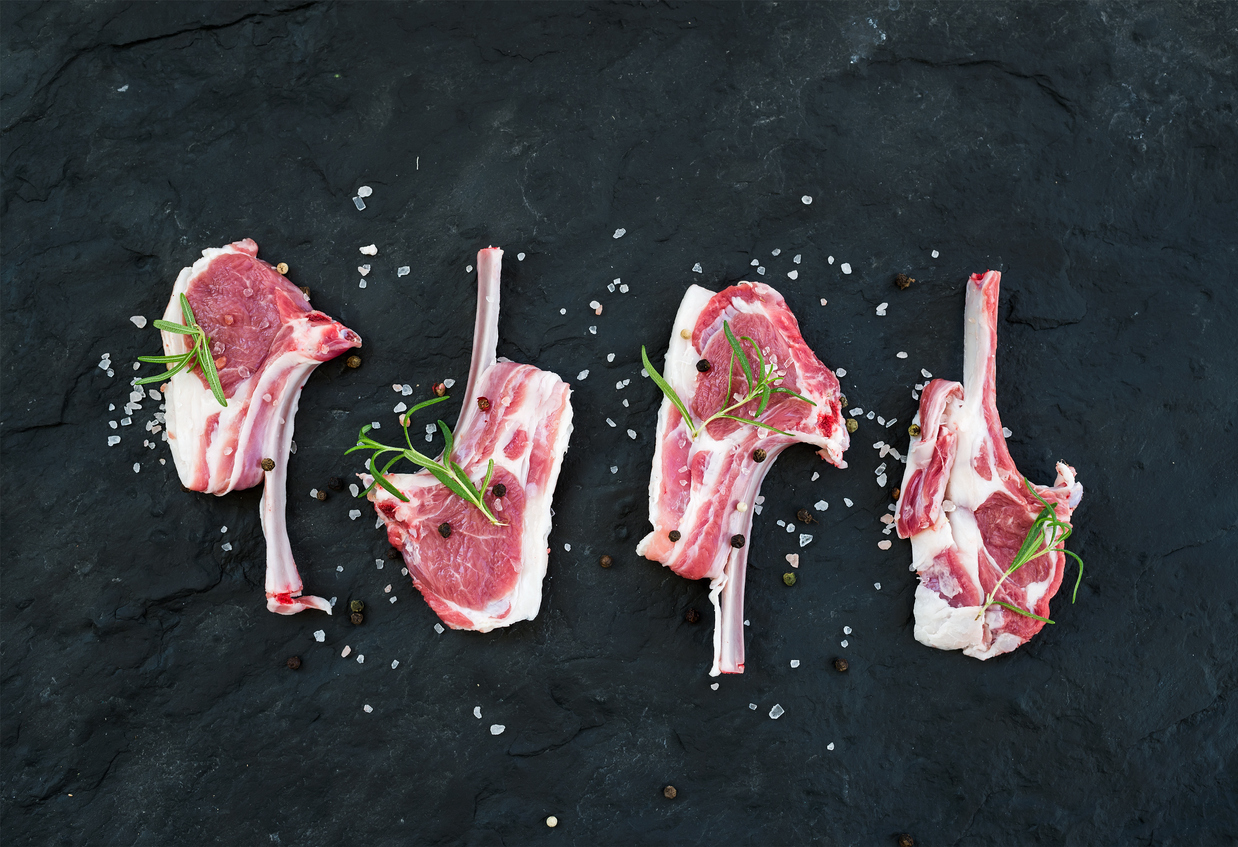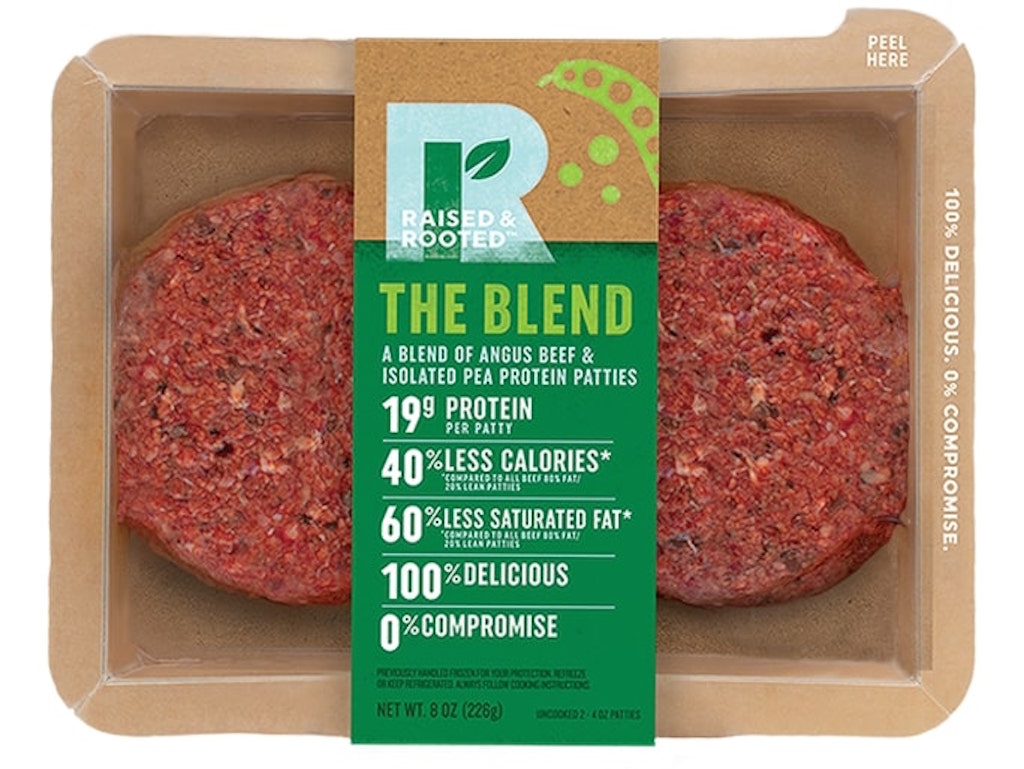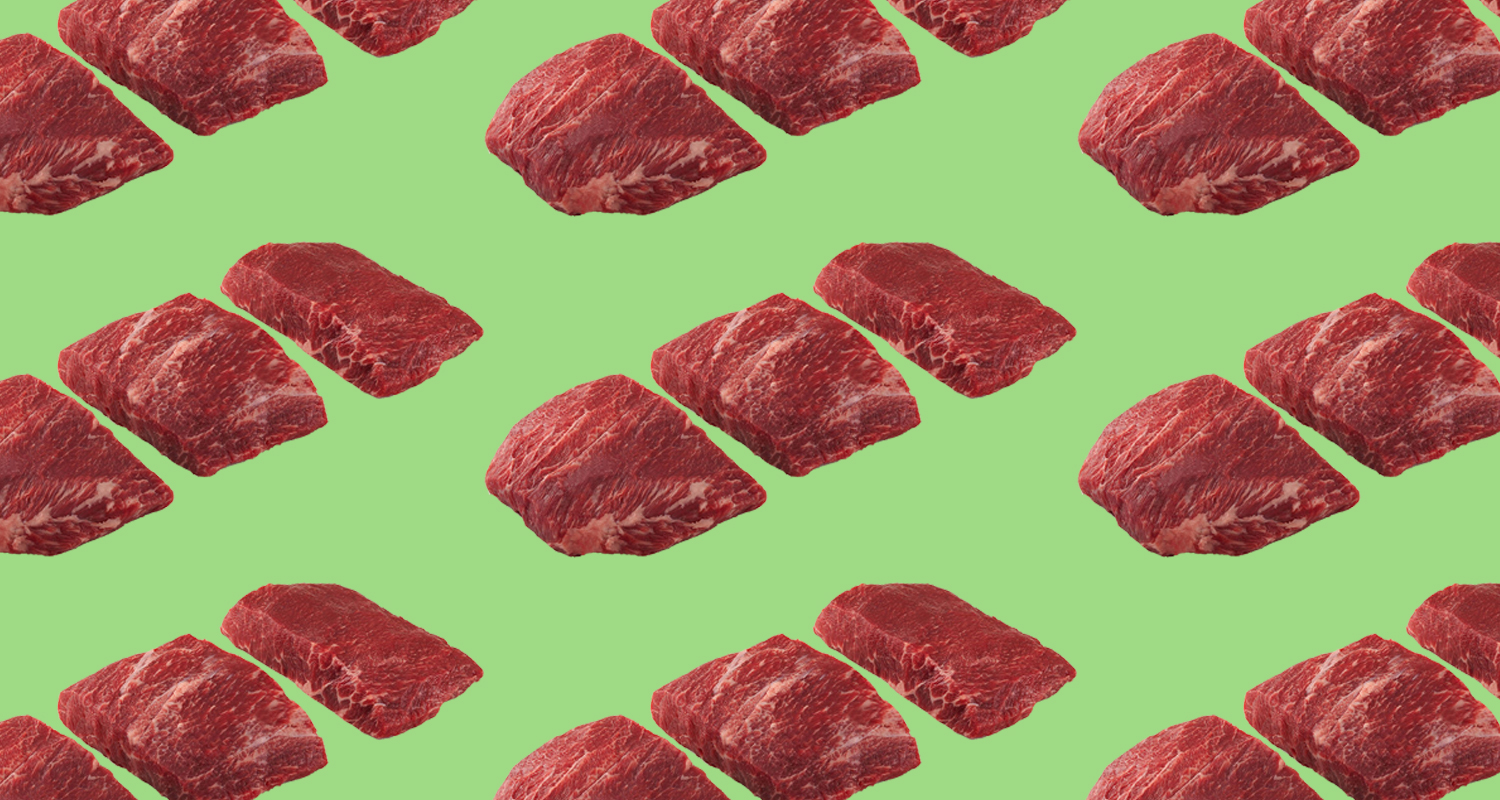
Beef Checkoff
Who decides what a cut of beef should be called—and how do we get more people to eat them?
A few days ago, I picked up something called a chuck eye steak at the local grocery. I seasoned it and threw it on the grill—it was delicious. Not familiar with this particular steak? Well according to the main beef industry website, it is also known as a boneless chuck filet steak, boneless chuck slices, boneless steak bottom chuck, chuck filet, chuck roll, Delmonico steak, English steak, London broil, shoulder steak, and shoulder steak half cut.
Anyone but a dedicated carnivore or a seasoned industry professional would likely have no idea that those are all the same cut of beef. And the plethora of names for one cut isn’t limited to the chuck eye—search for the flat iron steak, for instance, and you’ll find it’s also called boneless top chuck steak, book steak, butler steak, lifter steak, petite steak, and shoulder top blade steak.
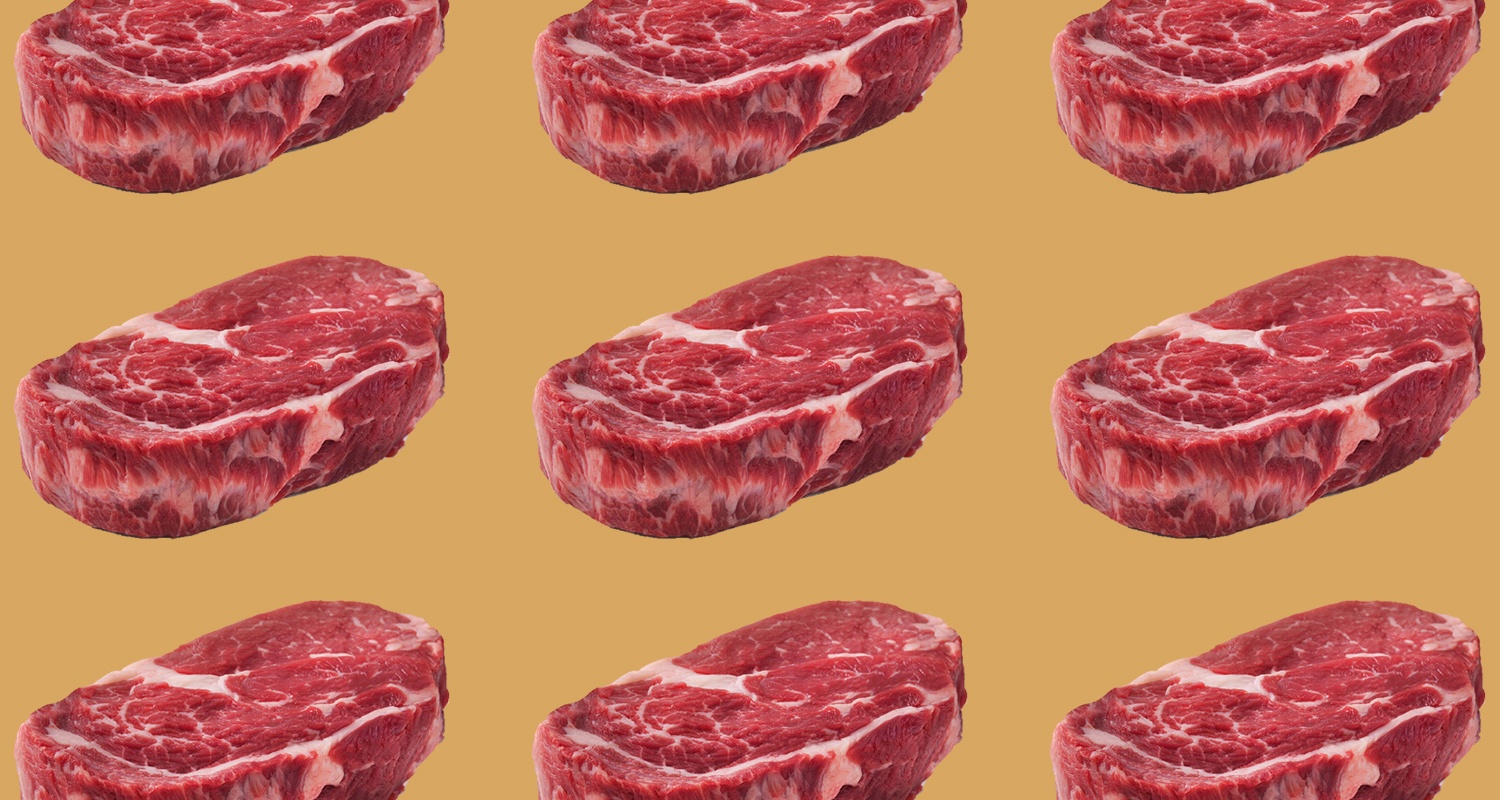
A chuck eye steak, aka, boneless chuck filet steak, boneless chuck slices, boneless steak bottom chuck, chuck filet, chuck roll, Delmonico steak, English steak, London broil, shoulder steak, and shoulder steak half cut
Beef Checkoff
If all of this makes you feel out of the beef loop, don’t fret: Soon enough, the average meat eater may be boning up on a host of unfamiliar cuts. Driven by price, flavor, and the desire of many eaters to consume smaller portions of meat, the demand for underutilized cuts, as they’re known in the industry, is growing. But with that growth comes a new focus on the curious naming conventions surrounding beef cuts—and the consumer confusion these protocols can breed.
What’s now a burgeoning trend first grew from necessity. Back in the 1990s, the price for cattle was at an all-time low, due to an oversupply of domestic beef, along with competition from Mexican cattle imports and a glut of pork and chicken. The market price for beef chucks and rounds was depressed around 20 to 30 percent, according to Bridget Wasser, executive director of meat science and supply chain outreach at the National Cattlemen’s Beef Association (NCBA). In an effort to wring more value out of the carcass, NCBA, with funds from the Beef Checkoff—the mandatory marketing program that requires one dollar per head be paid by all beef cattle and calf producers—commissioned a research study at the Universities of Nebraska and Florida.
Researchers ended up discovering that some unfamiliar cuts are not only tasty, but remarkably tender as well.
The goals of the study were twofold. “The first objective was to understand the characteristics of the muscles in those particular portions of the beef carcass to hopefully find some diamonds in the rough,” says Wasser. Once the 39 muscles were isolated and evaluated, researchers developed fabrication (butchery) methods to turn the most promising of those muscles into new beef cuts and add value to the carcass. “The other reason,” Wasser says, “was to provide consumers with a great eating experience from a variety of different beef cuts.”
Researchers ended up discovering that some unfamiliar cuts are not only tasty, but remarkably tender as well. Probably the most popular and successful of the underutilized cuts is the flat iron steak from the infraspinatus muscle in the shoulder, which is the second most tender in the carcass, behind only the psoas major or tenderloin, aka Chateaubriand, filet mignon, medallions, short tenderloin, or tournedos.
But within those many names lies one of several obstacles to continued growth of the underutilized cut market.
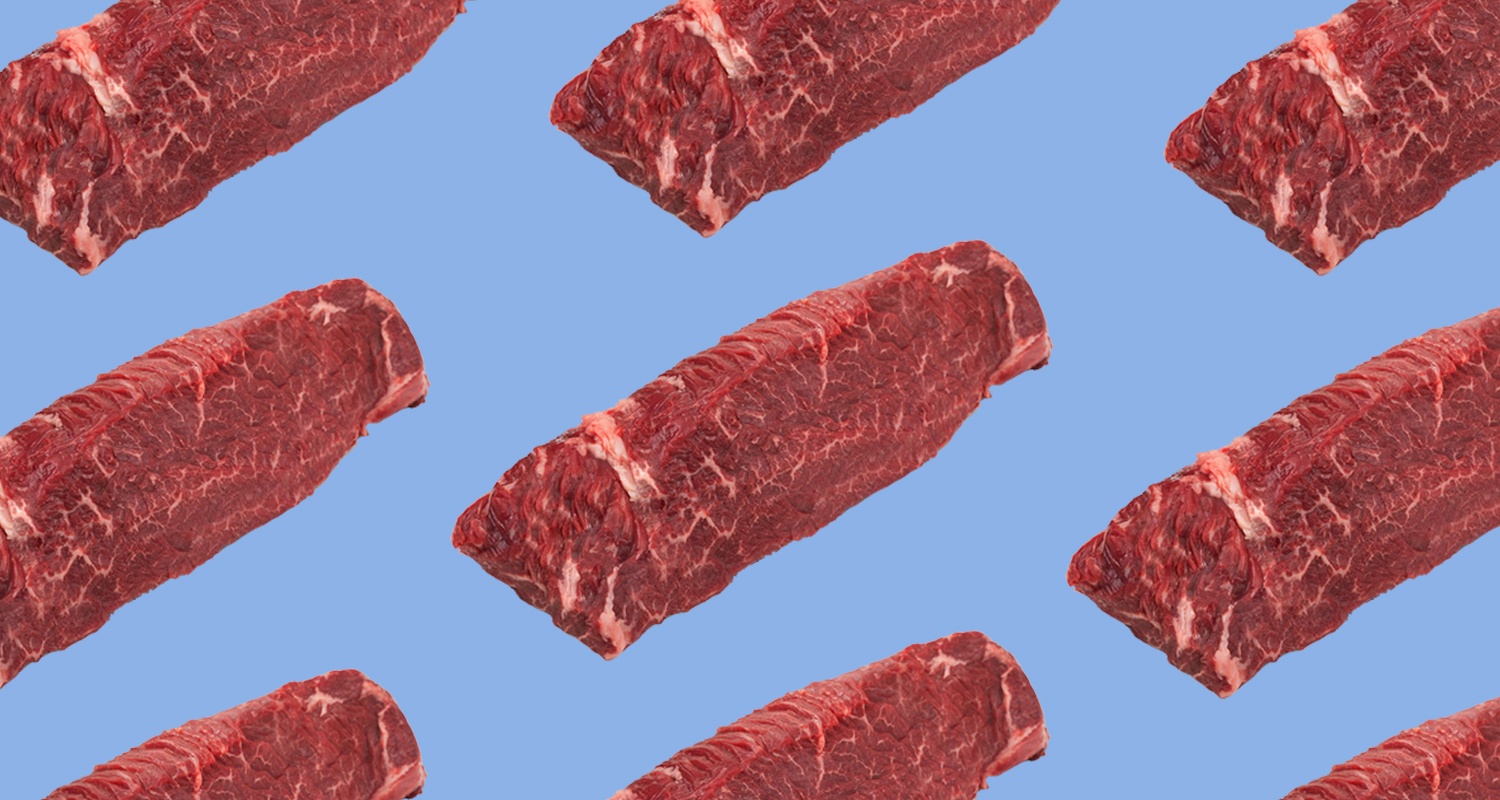
Hanger steaks, also known as hanging tender
Beef Checkoff
Butcher and educator Adam Danforth says the nomenclature protocol for beef cuts makes very little sense to either eaters or butchers. “All these naming conventions are about upsell,” he says. “It works better to call something a Denver steak than an underblade steak, which is a bit of a mouthful.” He adds: “The butcher shops often can’t keep them straight, and then they also adopt certain names, like say a flat iron, and then apply it to something like the triceps or shoulder clod and call it a faux flatiron.” And then there’s the practice of calling several different cuts the same name, like London broil, which is actually a cooking method, rather than a cut. But still, a butcher might label a top round steak, a sirloin tip, or even a flank steak, each with different cooking requirements, “London broil.”
Wasser says the cut names were essentially determined by committee, probably one reason for the confusion. The initial names came from an industry advisory group when the research was finished, but naming the cuts after the muscles they came from wasn’t sexy from a marketing standpoint. NCBA ended up going through a long process of trademark research and consumer focus groups. “Sometimes with the fanciful names, it’s just a way to get the conversation started,” she says. “They give us something to talk about when we start educating and marketing cut opportunities like the Denver steak or flat iron. Western names tend to resonate with consumers, but again, it’s just a name to get the conversation started. Chefs, in particular, are pretty good with coming up with their own fanciful names on menus and they tweak those all the time.”
“If everyone just eats filet mignon, how many cows do we have to go through?”
Danforth thinks that is bewildering. “I don’t mind calling a sirloin flap a sirloin flap, rather than a bavette, even if adopting a foreign name sounds better and you can charge more for it,” he says, noting that the name switch simply causes confusion. “In the long run, I would opt to teach somebody about why these things are really excellent and not obfuscate them with new titles that sound better.”
Naming conventions aside, even as more chefs and home cooks are learning to value different cuts, and craft butchery is enjoying a renaissance, obstacles remain. “There’s a lot of complexity in the system,” says Wasser. Fabricating smaller cuts requires skilled labor and extra time, both in short supply in the industrial processing system. There, speed is critical and breaking down large pieces of carcass into the most familiar and salable cuts—like roasts and steaks—is the standard. Industry expert Gregory Bloom agrees. “As the industry has changed and consolidated, now packing plants are doing all the processing, which is good and bad. There’s a speed factor and efficiency factor whereby they can’t necessarily fabricate all the cuts that are actually delicious.”
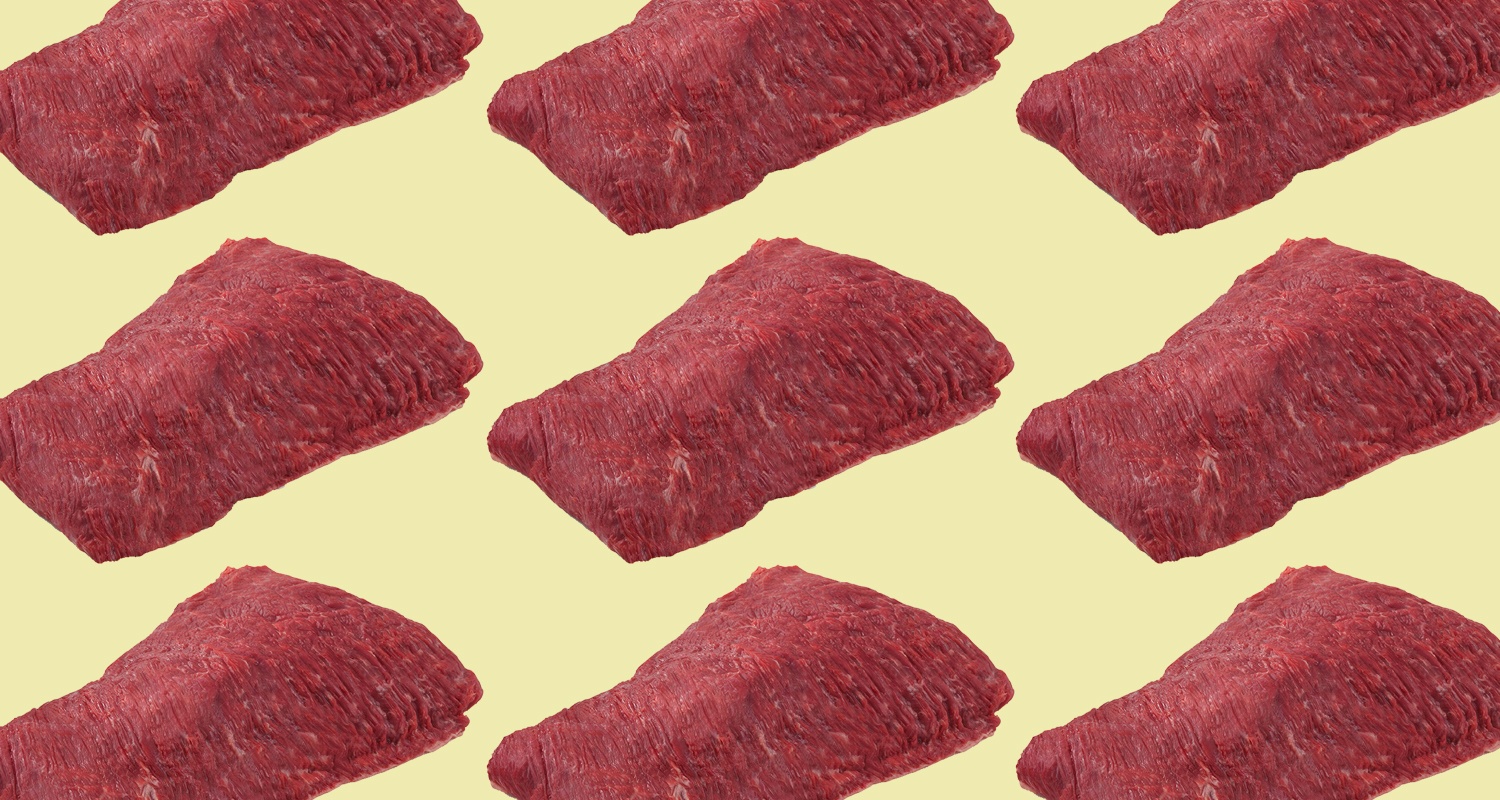
A sirloin flap, also known as a bavette flap
Beef Checkoff
That leaves it to butchers and small processors who may not necessarily have the time or skills to break out single muscle cuts. Small processors especially are “the most thankless step in the entire process,” says Danforth. “There’s no money to be made, their margins are horrendous, and it’s really, really hard work. And the move towards more of these cuts makes their job harder.”
Still, he’s optimistic. “I think with a combination of education and patience there’s a way to improve that component.”
For chefs, adding new and different cuts to the menu can be a way to draw adventurous eaters in the door.
The industry also suffers from a dearth of trained butchers. Kari Underly is an educator and third-generation butcher in Chicago who worked with NCBA on the development of the flat iron and Denver steaks. “Butchers are needed at every point in the industry, every place they want and need help,” she says. “Not only is it the cute little butcher shop down on Main Avenue, it’s an issue everywhere.” The lack of skilled meat cutters can be attributed to several circumstances: As the meat packing industry automated and consolidated in the Midwest where the bulk of the cattle are, butcher training and work-force development in other places slowed significantly or stopped altogether. The pay is generally low; the work is physical, cold, and dangerous; and the current crackdown on immigrant workers has reduced the labor pool.
While some culinary schools and community colleges are adding meat-cutting curricula, Underly is developing her own meat school. Through online classes, Range Meat Academy offers certificates for meat clerks and meat cutters and, eventually, she plans to add regional onsite butchery classes.
For chefs, adding new and different cuts to the menu can be a way to draw adventurous eaters in the door and offer them a creative meal at a decent price point. But sourcing can be a challenge. Some restaurants depend on distributors for their eclectic cuts, and some have invested in whole animal programs: either training one of the staff members or learning themselves how to fabricate cuts from a side of beef. “Chefs are really getting back into this,” says Bloom. “They’re saying, ‘I don’t want just boxed beef ribeyes. I want to learn how to fabricate the animal and buy quarters.’ I get calls all the time asking, ‘Where can I get a side of beef?’”
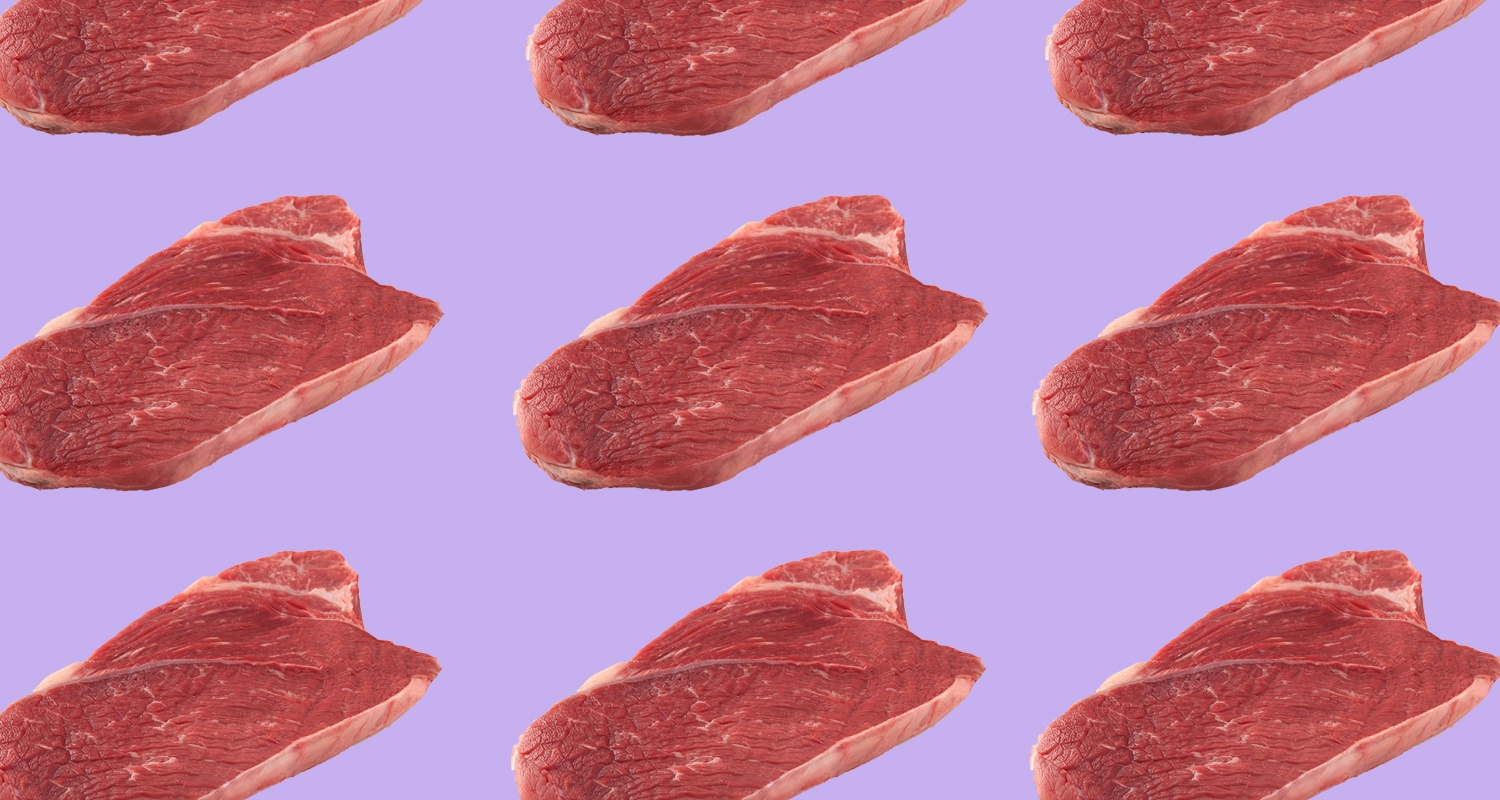
A shoulder steak
Beef Checkoff
Denver chef Troy Guard buys some cuts, like hanger steaks (aka, hanging tender), from his distributors, but he’s also developed a whole animal program and buys whole lambs, goats, and sometimes a side of beef. Guard, of TAG Restaurant Group, owns eight different dining concepts, ranging from an upscale steakhouse to a burger bar and a breakfast joint. The variety of cuisines allows him to use many different cuts, which makes buying whole animals doable. He says sometimes suggestions for new cuts come from his vendors, but most of the time, he does research and then gets creative, as with the lamb neck benedict he serves for breakfast.
“I want to challenge our guests to try new things because if you think about it, if everyone just eats filet mignon, how many cows do we have to go through? We need to do nose-to-tail,” he says. “I’m trying to figure out what I can use differently that people are still going to really enjoy and love and get turned on to. Plus, it’s a price point. People want to be able to continue to go out and eat. So here’s how we look at it. What can I create that’s new and different and gives the guests a different angle, but that’s price conscious as well? And that’s how we create our new dishes.”
“Chefs are really getting back into this.”
At Blackbelly and its sister restaurant Santo in Boulder, chef and owner Hosea Rosenberg takes a different approach. When Rosenberg opened Blackbelly as a fine dining restaurant in 2014, he included a small butcher shop and market for breakfast and lunch service. But when the space next door opened up, he moved the butcher shop and market. This gave him more room for bringing in and fabricating whole animals, which he sources primarily from local farms and ranches who raise their animals with high welfare standards. “Because we’re whole animal, we have more of an opportunity to make the most of those animals that have dedicated their lives to feeding us,” says Lauren Feder Rosenberg, director of communications at Blackbelly. “It’s a really good thing to be able to do, to honor that animal and use every piece of it to make something that’s beneficial for other people.”
Customer education is a big focus at Blackbelly, as it should be in any butcher shop, but that’s also one of the roadblocks in the meat business. “All of this ends up being a confusing area, and it depends on the management of a place whether or not they’re educating their staff about how to convey the information,” says Adam Danforth. “I think it’s rare that people really understand how to answer basic questions about meat.”
NCBA has a solution for that. With funding from the Beef Checkoff, the organization created the beefitswhatsfordinner.com website, where anyone can find comprehensive information on beef cuts and cooking methods, along with recipes and other general beef background.
For eaters who prefer a more personal experience, the experts I interviewed suggested finding a local butcher shop or small independent grocer with a butcher counter and building a relationship. “The obvious thing is to support local small businesses because they need every dollar they can get to stay in the local community. That’s the unspoken part of this,” says Kari Underly. “Talk to your butcher. They might look at you like you’re crazy if you come in with some new cut, but talk to them and you guys will figure it out.” Bloom agrees, suggesting you find someone who’s willing to look for the answers they don’t have—a butcher who will do research, when necessary.
Despite the inherent difficulties, is this predilection for whole animals and lesser known cuts a passing phase? NCBA’s Wasser doesn’t think so. In fact, even though it’s been almost 20 years since the research began, she believes it’s finally picking up steam. “The interest in food and where it comes from, in how someone cut that flat iron for you and what you can make with it, the interest in cooking, and the social aspect of it all play right into it,” she says.

